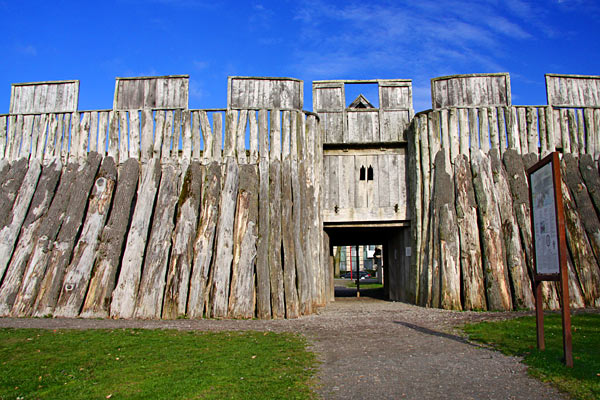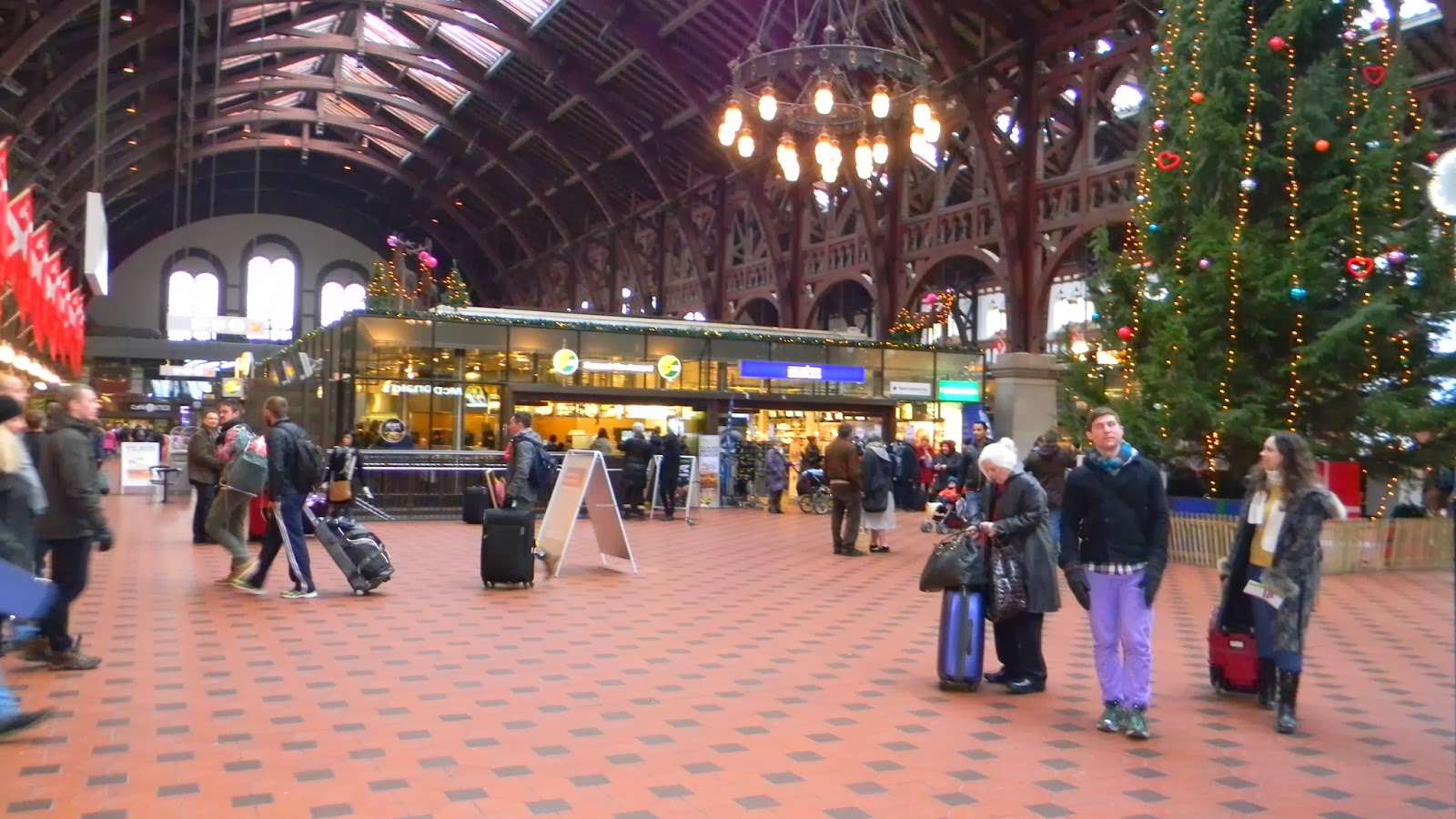An embassy is an office established by one country in a host country with the host’s permission. Its purpose is generally to represent its country in, and maintain friendly relations with, the host country. The embassy also primarily helps protect the rights of the nationals of its country who are travelling or residing within the host country.
Today I needed protection form a repeated annoyance, a harasser, so I contacted the South African embassy in Denmark.
The embassy is in Gammel Vartov Vej 8 in Hellerup, a town in the commune (municipality) of Gentofte. This commune is where I stayed during December, neighbouring the commune of Copenhagen.
Today I needed protection form a repeated annoyance, a harasser, so I contacted the South African embassy in Denmark.
The embassy is in Gammel Vartov Vej 8 in Hellerup, a town in the commune (municipality) of Gentofte. This commune is where I stayed during December, neighbouring the commune of Copenhagen.
Danish activists know this address and protest outside South African Embassy in support of various cases.
And my situation?
It is now in the office of a lieutenant-general of the SAPS.



















































